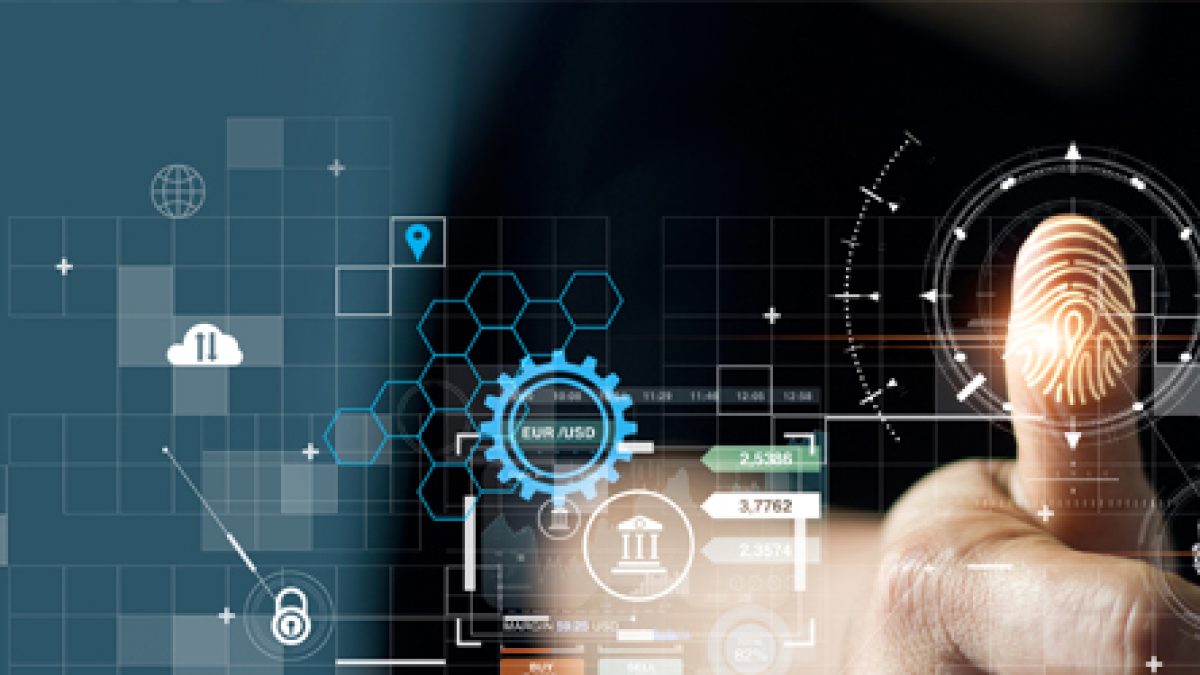Data access control is one of the key tools in a business’s security arsenal. It helps protect sensitive information from bad actors, both internal and external, while also allowing employees to access the programs and information they need to do their jobs well.
Robust authorization protocols include systems to quickly generate client privileges for employees, single sign-on systems and processes that automatically terminate account access for former employees.
Access control
Data access control is a critical component of a comprehensive security plan. It determines which entities are permitted to interact with a digital environment, including internal applications, websites and external platforms. A robust authorization framework enables IT professionals to establish a balance between security and business agility.
An effective access control system requires a clear understanding of how an organization operates, and it should also allow for streamlined mechanisms to update permissions as roles or access requirements change. This will prevent employees from seeking workarounds to circumvent access restrictions.
Role-based access control (RBAC) is a widely used mechanism that assigns permissions to users based on their role and responsibilities. Another option is attribute-based access control (ABAC). This model uses dynamically defined rules, policies and relationships involving attributes of users, systems and environmental conditions. For example, it can limit access to a particular file if it is requested outside of regular business hours or from an unusual geographic location.
Authentication
In the world of robust cloud-based systems and stringent online security, authentication and authorization are two vital processes. Authentication verifies that users are who they say they are, while authorization validates that the user has permission to perform a specific function.
The authentication process works through credentials that are provided or entered by the user, such as a password, security question answers, or one-time pins sent to mobile devices. These credentials are compared against records in the system, and once they match, access is granted.
This process is usually combined with another factor, known as multi-factor authentication (MFA). MFA involves using “something you know” — for example, a password — with “something you have” — such as a phone or security token – to provide greater protection against hacking and malware. MFA is often the default for high-risk systems, such as banks. This is because it provides the strongest level of protection against breaches, phishing attacks and other forms of malicious activity.
RBAC
Role-based access control (RBAC) is a type of security model that allows you to manage user permissions on a per-role basis. This approach helps you keep data secure without affecting peoples’ ability to do their jobs. You can assign and remove users from roles, create new roles, or change the level of access they have for existing roles. Additionally, you can restrict the amount of data or programs that a person can see by using additional controls, such as approvals.
The first step in implementing RBAC is performing a needs analysis to understand the different job functions, supporting business processes, and technologies that you need to protect. You should also consider any regulatory or audit requirements. Once you have identified the needs of your organization, you can begin implementing RBAC in stages. This will minimize workload and disruption to the workforce. You should start with a core group of users and with coarse-grained access control, then gradually increase granularity.
Single sign-on
Single sign-on (SSO) allows a user to log in once with credentials to access multiple applications, websites or services. This eliminates the need to re-authenticate each time the user navigates between different services and applications and it helps improve user experience by eliminating password fatigue.
Authentication mechanisms vary by application and resource type, but SSO solutions typically validate a user profile based on inputs such as username and password, device info and more. Some solutions also use more advanced inputs such as Apple FaceID or biometric data to validate a user’s identity and increase security.
In some cases, SSO uses a central server to synchronize credentials for each of the applications and resources being accessed. This approach can be less secure because if one of the systems is compromised, all of the credentials would be compromised. Tiered access can be implemented to address this risk. Other effective security measures include identity governance and multi-factor authentication.


